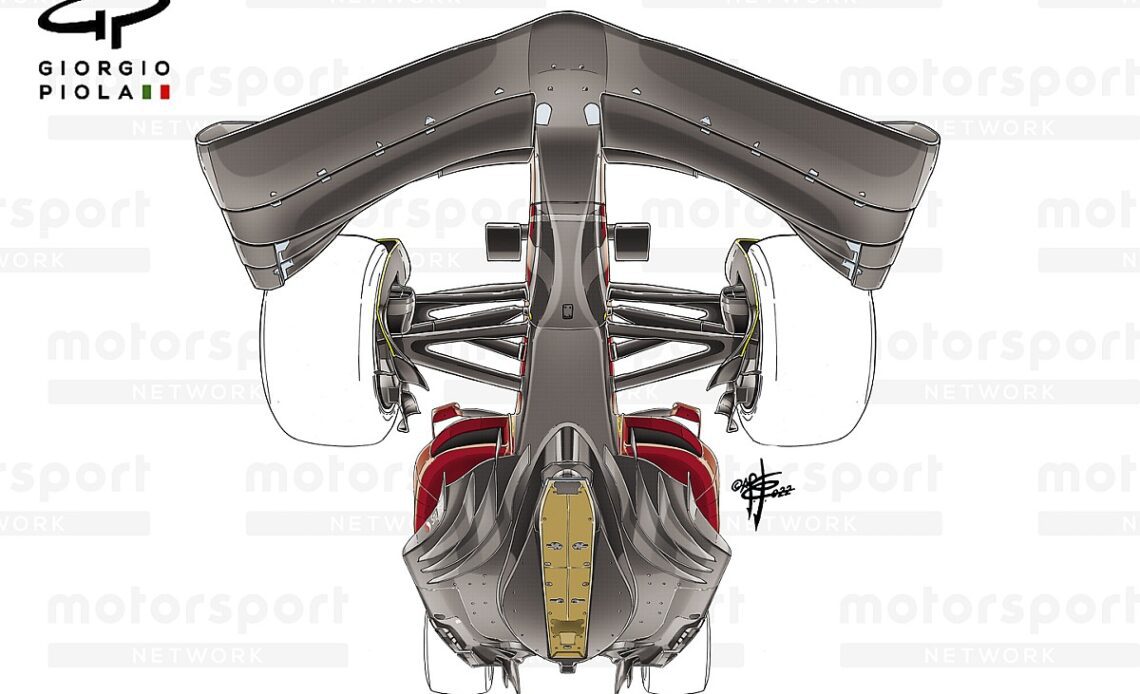Amid growing concerns from drivers at the start of the season about potential safety implications of excessive bouncing, the FIA felt it had no option but to intervene in order to prevent the type of severe up and down movements that were commonplace in the opening part of the season.
The FIA’s main focus was on the introduction of an ‘Aerodynamic Oscillation Metric’, in order to limit the amount of porpoising and bouncing that the drivers are having to endure.
However, the scope of that tool was expanded to include tougher measures on flexible floors and planks because the FIA felt that there needed to be a level playing field among teams about how they were dealing with the phenomenon.
The governing body’s measures, which were set out in a revised Technical Directive issued to the teams at the British Grand Prix, will be introduced at the Belgian Grand Prix, having initially been scheduled for the French Grand Prix.
While teams staying inside the AOM metric will be something they will all need to be mindful of, it is the new flexi floor clampdown that could pose bigger headaches up and down the pitlane.
The flexi floor intrigue mainly focused on the way that some teams have cleverly exploited grey areas of the rules to get more flexibility in the plank that runs underneath their car.
For those that are unaware, the plank sits below the central surface of the floor body and governs how low the car can be run, given its thickness. It must not be worn by more than 1mm, with its conformity checked at the periphery of six precisely placed 50mm holes.
Deflection of no more than 1mm is permissible when the car is supported at the two holes 1080mm behind the front axle line, and 2mm at the rearmost hole whilst supported on 70mm pads on the FIA’s test rig.
Some teams are believed to have made use of the way the measurements were done with the car supported on weights to build in a degree of movement to the way the plank was fitted to the car.
When checked, with the car’s weight pushing it down, the plank’s fixtures were fully compressed and so stiff enough to comply with the rules.
But out on track, and without nearly 800kg pressing down, these materials expanded to allowed a few millimetres more plank flexibility – enough for performance gains.
F1 teams are also permitted to make use of machined flush mounted titanium skids in and around the plank holes in order to limit wear, of which there are numerous ancillary regulations governing…
Click Here to Read the Full Original Article at Motorsport.com – Formula 1 – Stories…

